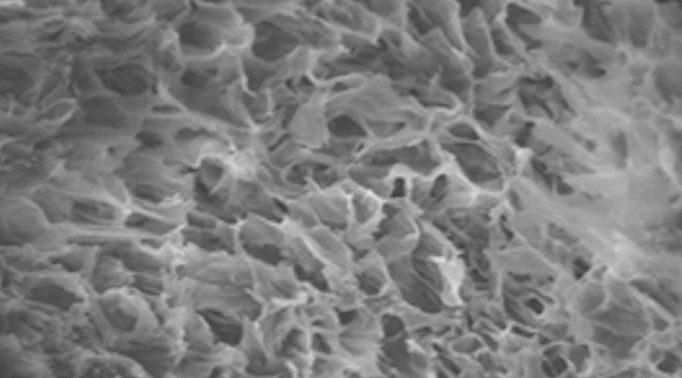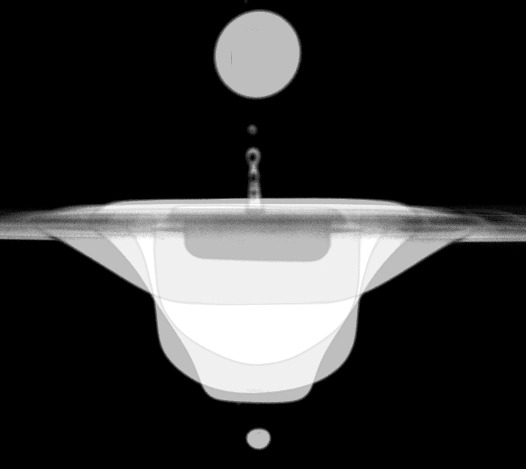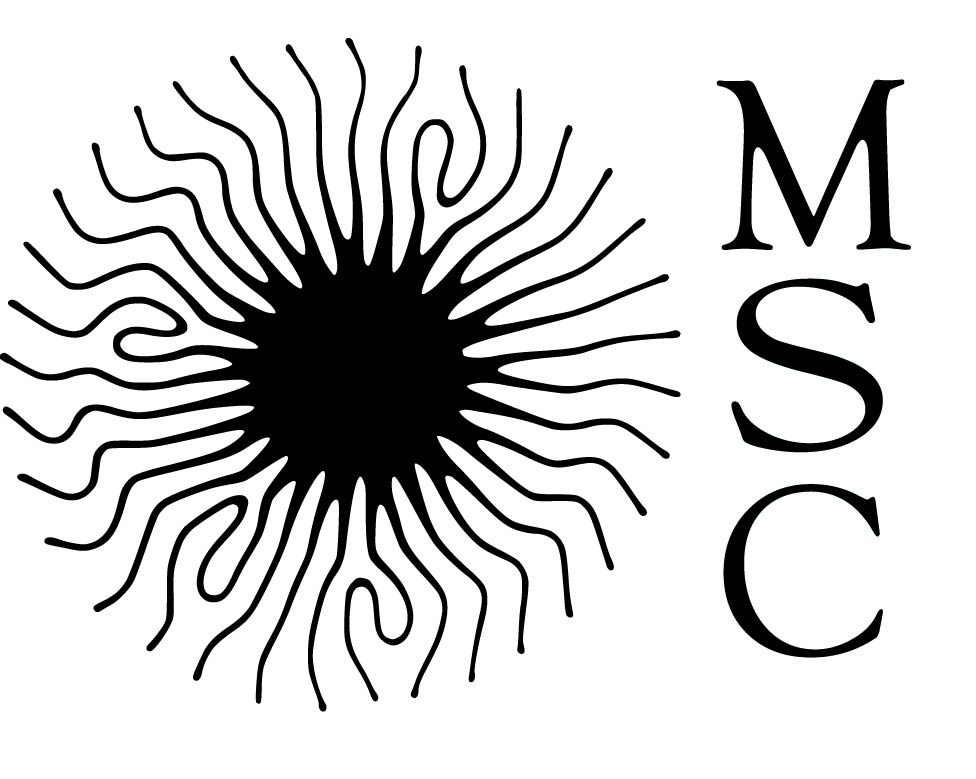Didactics of physics
With a large number of teacher-researchers, the DOMM team is also interested in the link between research and didactics.
Members
- Julien Browaeys, teacher-researcher

Co-development of critical analysis and conceptual understanding
The need to develop critical thinking skills, both among students and teachers of physics, is widely accepted. But is critical thinking an above-ground concept? Put another way, is critical analysis a transdisciplinary notion, or does knowledge of the subject matter play a decisive role? The literature on the subject, which looked at things in a static way, didn’t offer a clear answer: there’s no simple correlation between critical analysis and the subject it deals with. Nevertheless, the question arises as to whether the answer is the same from a dynamic point of view: as learning progresses, is there an activation of the critical attitude? This question of a possible interaction between the development of conceptual understanding and that of the critical attitude has led us to carry out several studies on different physics subjects in the form of long interviews with future teachers, enabling a detailed analysis of their conceptual and critical paths. By focusing on the “intellectual dynamics” of these future teachers, i.e. how their understanding of non-obvious topics and their critical attitudes evolve over the course of these interviews, we have shown that critical attitudes evolve over the course of these interviews. Taking into account metacognitive and affective aspects such as intellectual satisfaction and self-esteem, we proposed a typology of intellectual dynamics: “early criticism”, “delayed criticism” (the majority in the interviews), “unstable criticism” and “expert anesthesia”; their frequencies could be evaluated. The robustness of these results across content was tested, and several hypothetical psychocognitive mechanisms were suggested to account for these phenomena.
Collaboration
N. Decamp (LDAR, UPC)

Didactic transposition of uncertainty-related concepts
Publications in physics didactics often find it difficult to find an audience among teaching practitioners. This may be due to the technical nature of the concepts developed within the analytical frameworks. Even if these frameworks are useful (some consider them to be the very fabric of the discipline), there is a place for a practical didactics of physics, which is part of an exchange with practicing teachers. In this respect, Laurence Viennot’s work on critical thinking has clearly shown that certain teaching rituals endure, even if teachers have realized that their teaching is not in line with physics.
Following the introduction of an experimental physics module in the bachelor’s degree program that emphasized the notion of standard uncertainty, as defined by international standards bodies, we were surprised by the strong resistance from colleagues who felt, for example, that this notion of standard uncertainty was of no interest, particularly in type B assessments. To understand this resistance, we had to look back at teaching practices, first and foremost at high school level.
In Déborah Martin’s Master 2 dissertation (2018), the results of which were presented at the ESERA conference (2019), we showed that, when measuring, high school teachers look for “the” right value, which is often confused in their minds with the “true value”, a delicate concept that is still debated in epistemology. For these teachers, the measured value is always distant from this good or true value. The gap between the two defines the error, which they seek to minimize. This “error” approach is thus very prevalent, but dated, even incoherent in certain respects: the “uncertainty” approach has taken its place.
In an effort to clarify existing practices, we published three articles on data processing for colleagues in secondary and higher education. In them, we showed that the choice of linear regression to measure a parameter is a ritual whose usefulness or conditions of application are never justified; all high school textbooks propose it even though it is not part of the curriculum; and, in certain common situations, this use of linear regression leads to a significant overestimation of measurement uncertainty. Other, simpler procedures, leading to a more reasonable measurement uncertainty, have been proposed.
Collaboration
N. Decamp (LDAR, UPC)

How to train critical analysis?
This theme follows on logically from the previous one: once the dynamics of developing critical analysis have been described, the question arises of how to teach it in physics. Part of our work has focused on identifying the general obstacles inherent in teaching it in physics, whether in secondary or higher education. Our empirical study showed that, to avoid any critical analysis, teachers often invoked a “feeling of incompetence”, an inability to criticize a text, or teaching habit.
When there are several explanations for a given phenomenon, the question arises of how to choose one over another. In another piece of research, we offered teachers two explanations and a list of criteria, in order to examine the processes that guide their decision. While explanations involving critical analysis are most often appreciated, their implementation is much more rarely considered, because “it’s too complicated”. The simplicity argument is certainly audible, but how far can we simplify? The loss of coherence seems a reasonable criterion, but it is often overshadowed by the persistence of pedagogical practices, which have been identified as rituals.
Collaboration
N. Decamp (LDAR, UPC)
Read more

Internship/PhD on Hydrogels for adsorption of toxic metals
Proposal for master internship/PhD Hydrogels and composites with optimal efficiency and minimal environmental impact for adsorption of toxic metals The increasing demand for water due to technology and industrial activity has led to the use of hydrogels to treat...

Bubble entrapment by drop impact
Only under certain conditions does a drop falling onto a bath entrap an air bubble. We propose a phenomenological law that describes these bubbling conditions in terms of Froude, Weber, and capillary numbers.Figure. Superimposed images of a drop and the cavity it...
